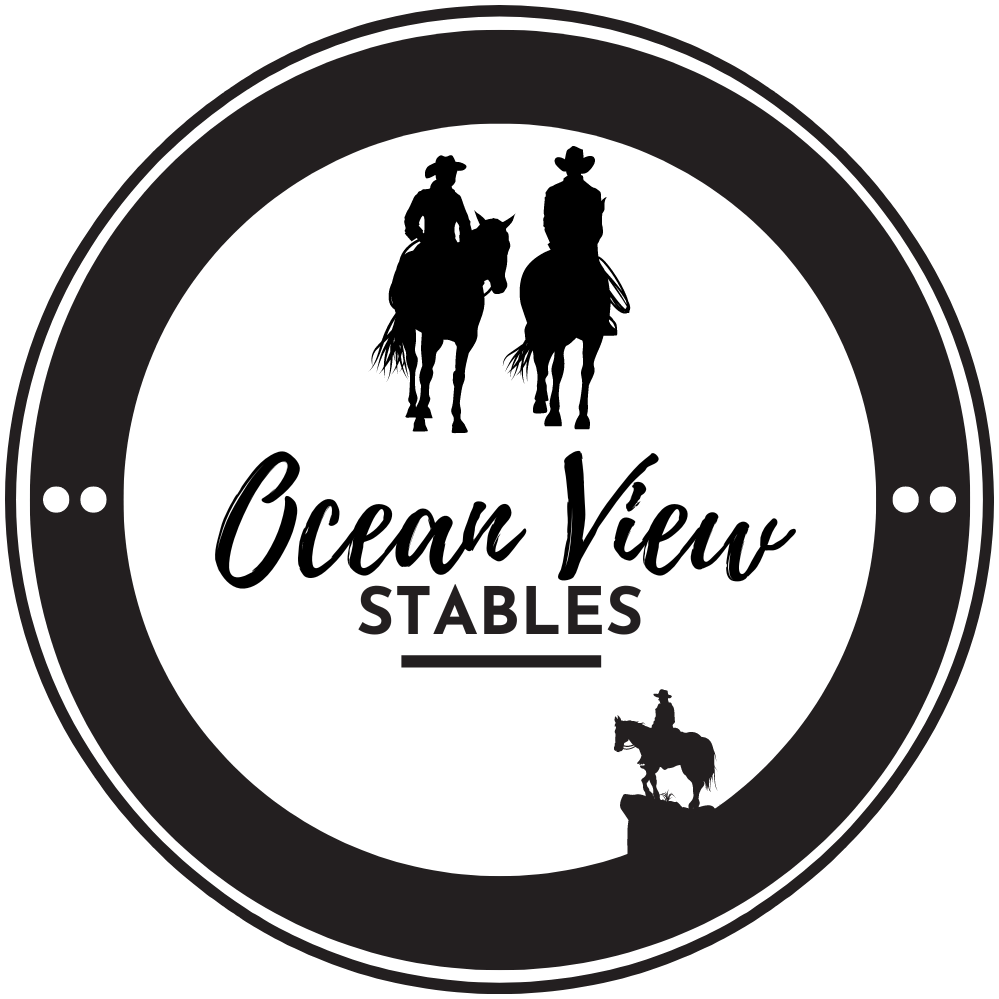Horses Speak Body Language, So Should We
In the world of communication, words often dominate the scene. Yet, in many instances, actions truly do speak louder than words. The equestrian world and the American Sign Language (ASL) deaf community both provide powerful testimonies to this fact. Let's explore the realm of non-verbal communication and how understanding one can enhance our comprehension of the other.
The Silent Conversations of Horses
Every horse enthusiast knows that while our equine friends may be mute, they are far from silent. Their ears, tails, posture, and even their breath convey a multitude of emotions and intentions. From the swish of a tail indicating irritation to the forward prick of ears showing interest, horses constantly 'speak' to those around them.
For instance:
A raised tail can indicate excitement or alertness.
A horse exposing its teeth and pinning its ears back is a clear sign of aggression or discomfort.
A deep exhale or sigh often means the horse is relaxing or releasing tension.
This intricate dance of non-verbal cues allows horses not only to communicate with humans but also to engage in intricate interactions within their herds.
American Sign Language and the Deaf Community
Much like horses, the ASL deaf community has perfected the art of non-verbal communication. ASL is a rich, complex language that uses hand signs combined with facial expressions and postures to convey meaning. Without uttering a word, two people can have deep, philosophical conversations, share jokes, or simply ask about each other's day.
Bridging Equine and Human Non-Verbal Communication
At first glance, equine body language and ASL might seem worlds apart. But delve a bit deeper, and the parallels become evident. Both forms of communication rely heavily on observation, intuition, and a deep understanding of nuanced gestures.
Zachary Leyden, a noted horsemanship trainer, posits an intriguing idea: If horse trainers were to immerse themselves in the world of ASL and engage with the deaf community, they might unlock a deeper level of understanding and connection with their horses. By grasping the intricacies of a fully developed non-verbal human language, they can better interpret the silent cues given by horses.
The proposition is not to equate horse communication with ASL directly but rather to develop a mindset attuned to non-verbal cues. Learning ASL can hone a trainer's observation skills, making them more receptive to the subtle body language of horses.
In Conclusion
Communication transcends the spoken word. In the quiet gestures of a horse or the expressive signs of an ASL conversation, we find a world of meaning waiting to be understood. As Zachary Leyden suggests, perhaps it's time for those in the equestrian world to embrace the beauty of non-verbal communication more fully. By doing so, we might not only understand our horses better but also discover a richer, more profound way of connecting with the world around us.


